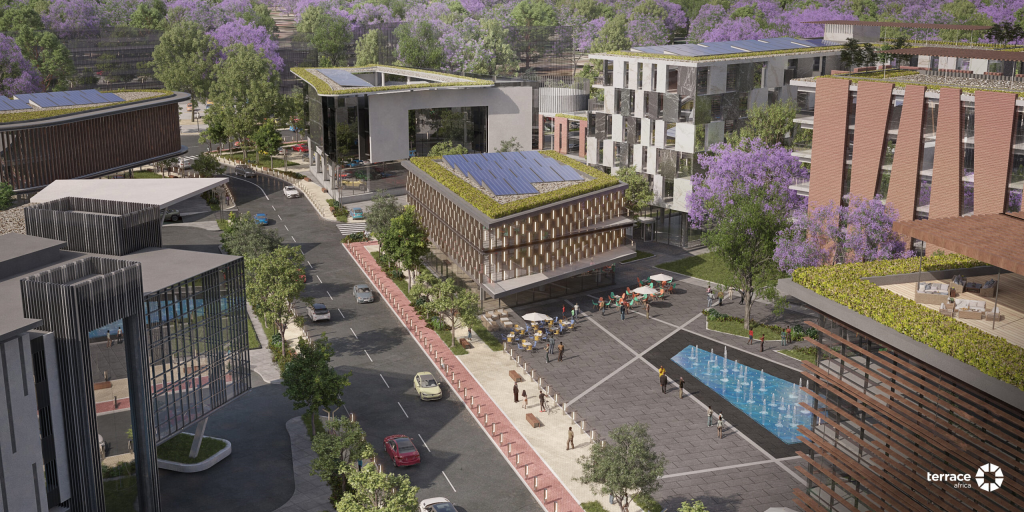
THE recent World Development Report proposes a simple framework to analyse cross-border migration. It juxtaposes the motive for migration and the “match” between migrants’ attributes and the destination country’s needs.
People may migrate voluntarily in search of better economic opportunities, or they may be forced to leave for fear of persecution, conflict or violence.
Depending on their level of education, work experience, skills, or other attributes, migrants may be a good or poor fit for the destination country’s labour market.
The primary reason Zimbabweans migrate is in search of economic opportunities. The most recent evidence comes from the Zimbabwe 2022 Population and Housing Census (PHC).
Of the approximately 908 000 emigrants counted in the census, a large majority — 84% — left the country in search of employment, while another 5% migrated for education or training (ZimStat, 2023).
Other nationally representative data validate this pattern. For example, the 2017 Poverty, Income, Consumption, Expenditure Survey shows that 15% of households had at least one member living abroad, and most of them (90%) had left in search of employment (Zimbabwe Poverty Assessment, World Bank, 2022). Many of those who are still in the country also have considered leaving.
For example, the 2017 Afrobarometer survey showed that almost half (47%) of adults in Zimbabwe have either considered emigration, are planning to move within two years, or are preparing to move. In contrast to voluntary migration for economic reasons, the number of people who are forcibly displaced from Zimbabwe is comparatively small.
Do Zimbabwean migrants have the education and skills to match the labour market demands in destination countries?
- Magnifying the gains from migration in Zim
Keep Reading
This information can be gleaned from the way in which migrants sort themselves into different destinations according to their level of education.
Among those who emigrate to other countries in southern Africa, the vast majority (86%) have less than lower secondary education. The education profile of migrants who go farther afield is markedly different.
Among those who are elsewhere on the continent, a majority (52%) have secondary or tertiary level of schooling.
Those who migrate to the Global North such as the United Kingdom, other European countries, or the United States are the most educated. Among them, three-fifths have tertiary education.
What does this imply for policy? Those who migrate to the West or farther on the continent are likely a good match for the receiving countries since they are on average more educated.
Concerns about the negative effects of “brain drain” notwithstanding, remittances, investments, and transfer of skills and knowledge from these migrants have an important role to play in Zimbabwe’s growth and development.
Boosting the education attainment and skills of everyone would be an equitable, “no regret” investment, improving the productivity of all workers, whether they work at home or abroad.
However, the “good match” category constitutes a small segment of all migrants. According to the 2022 PHC, only about 16% of emigrants had secondary or tertiary level of education (ZimStat, 2023). This leaves a large majority of emigrants who are likely a poor match for the receiving countries.
The best long-term protection for such workers is investment in human capital to boost their productive capacities, complemented by equitable access to economic opportunities at home (Zimbabwe Country Economic Memorandum, World Bank, 2022). This will obviate the need for risky cross-border moves in the first place.
It is important to institute robust disaster risk management (DRM) and adaptive social protection systems to improve household resilience.
This will remove the necessity of hazardous migration in response to economic or natural shocks.
Through the Zimbabwe Reconstruction Fund, the World Bank helped to strengthen social protection and DRM response with pilots such as a centralised beneficiary registry management information system, and support to the DRM strategy planning process, formulation of the DRM Bill, and the National Plan for Emergency Preparedness and Response.
A World Bank pilot project to reduce school dropout of adolescent girls after the COVID-19 pandemic through complementary social protection and WASH interventions is an example of a multisectoral intervention to enhance human capital and increase resilience.
Co-operation with the destination countries, mainly South Africa, to promote legal pathways to migration and check illicit migration is important to protect the rights and interests of circular, irregular migrants. - World Bank Blogs











